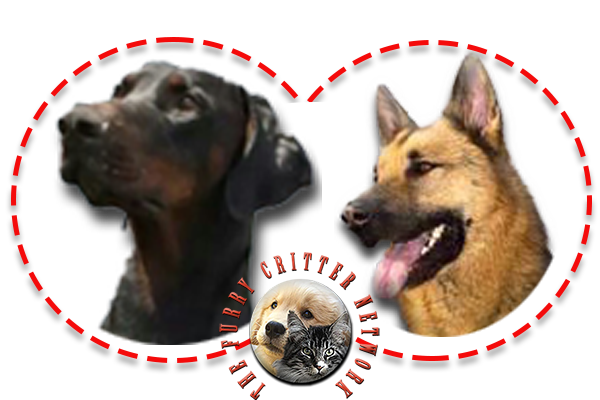Doberman Pinscher Breed Description - Cross #1
The Doberman Pinscher (alternatively spelled Dobermann in many countries) or Doberman is a breed of domestic dog. Doberman Pinschers are among the most common of pet breeds, and the breed is well known as an intelligent, alert, and loyal companion dog. Although once commonly used as guard dogs, watch dogs, or police dogs, this is less common today. In many countries, Doberman Pinschers are one of the most recognizable breeds, in part because of their actual roles in society, and in part because of media stereotyping. Careful breeding has improved the disposition of this breed, and the modern Doberman Pinscher is an energetic and lively breed ideally suited for companionship and family life.
The Doberman Pinscher is a dog of medium size. Although the breed standards vary among kennel and breed clubs, the shoulder height of a Doberman Pinscher bitch is typically somewhere between 24 to 26 inches, 25.5 being ideal(61 to 68 cm), and the male typically stands between 26 to 28 inches 27.5 being ideal(66 to 72 cm). The male generally weighs between 75 and 90 pounds and the bitch between 60 and 75 pounds. There is often a slight difference in type between bitches and dogs, with males being decidedly masculine (but not coarse) and females being noticeable feminine (but not spindly).
Doberman Pinschers typically have a deep, broad chest, and a powerful, compact, and square muscular body of medium size. However, in recent years some breeders have primarily bred, shown, and sold a slimmer or more sleek-looking Doberman Pinscher. This has become a popular body type among many owners, especially those who show their Doberman Pinschers competitively. The traditional body type is still more desirable to many casual owners and to those who want the dog for protection.
Dogs bred to the ideal standard are bred to possess a body to meet the , "Breed type," which is to say they are bred to withstand the physical rigors for which the breed was originally intended. The working abilities of endurance, jumping, climbing, pouncing, etc. Furthermore, despite the "ideal" standards, it is impossible to have complete control over the size and weight of dogs. Generally speaking, show animals must fall within the ideal range of both size and weight (for that country's breed standard), but it is not unusual to find male Dobes weighing over 100 pounds or females that are also larger than called for by the breed standards. Those who are looking for a Doberman Pinscher to provide personal protection or for use in police agencies or the military generally seek out the larger examples and some breeders create specific breeding pairs in the hope of getting a litter of larger dogs.






